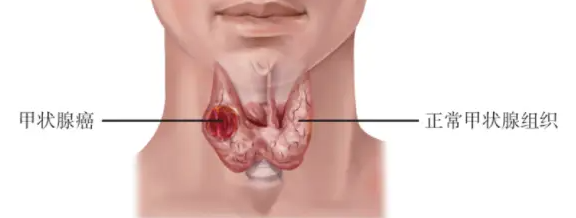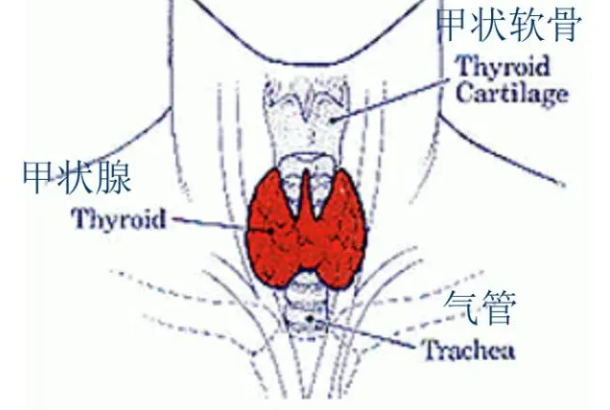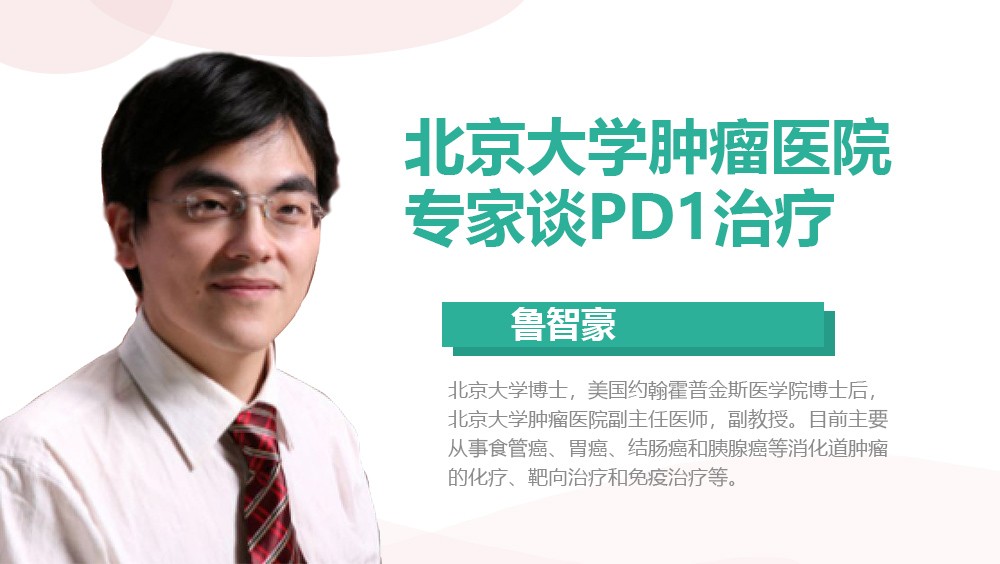欧洲泌尿外科学会(EAU)和欧洲肿瘤内科学会(ESMO)达成变异型和晚期膀胱癌治疗的共识
欧洲泌尿外科学会(EAU)和欧洲肿瘤内科学会(ESMO)达成变异型和晚期膀胱癌治疗的共识
目前指南对高级别和变异型膀胱癌的管理,证据仍然有限,在某些领域的最佳处理方法仍然存在争议。欧洲泌尿外科学会(EAU)和欧洲肿瘤内科学会(ESMO)组织了由113名专家组成的指导委员会在德尔菲调查中进行相关评估,并由45名专家组成的共识小组进行表决投票、形成共识意见。该专家共识于2019年11月19日在线发表于ESMO期刊《肿瘤学年鉴》(Ann Oncol),涉及不同组织学膀胱癌的治疗、预后生物标记物在临床决策中的作用、膀胱保留策略、现代放疗技术、寡转移疾病的治疗、免疫检查点抑制剂在转移性疾病中的作用以及术后随访监测等。
组织学变异策略
1.微乳头变异高级别膀胱尿路上皮癌(完全TURBT和/或re-TURBT后)的治疗
声明1:T1期高级别膀胱尿路上皮癌伴微乳头组织(完全TURBT和/或re-TURBT后)应立即行膀胱根治性切除和淋巴结切除。
Statement 1: T1 high-grade bladder urothelial carcinoma with micropapillary histology (established after complete TURBT and/or re-TURBT) should be treated with immediate radical cystectomy and lymphadenectomy.
共识水平:86%同意,14%不同意,共29票。
2.浆细胞样、肉瘤样、鳞状、腺样或巢状变异组织学高级别膀胱尿路上皮癌的治疗
声明2:T1期高级别膀胱尿路上皮癌伴微乳头组织浆细胞样、肉瘤样、鳞状、腺样或巢状变异应立即行膀胱根治性切除和淋巴结清扫。
Statement 2: T1 high-grade bladder urothelial carcinoma (established after complete TURBT and/or re-TURBT) with plasmacytoid, sarcomatoid, squamous, glandular or nested variant should be treated with immediate radical cystectomy and concomitant lymph node dissection.
共识水平:48%同意,39%不同意,13%中立,共31票。
3.微乳头或浆细胞样变异、鳞状或腺状分化MIBC的治疗
声明3:肌层浸润性膀胱癌伴微乳头或浆细胞样变,或有鳞状或腺样分化者,应采用新辅助化疗,然后行膀胱根治切除和淋巴结切除。
Statement 3: Muscle-invasive bladder urothelial carcinoma with micropapillary or plasmacytoid variant, or with squamous or glandular differentiation, should be treated with neoadjuvant chemotherapy followed by radical cystectomy and concomitant lymphadenectomy.
共识水平:63%同意,12%不同意,24%中立,共33票。
4.辅助放疗在不同组织学变异MIBC中的作用
声明4:辅助放疗(加或不加放射增敏化疗)是肌层浸润性膀胱癌的标准治疗方法。
Statement 4: Adjuvant radiotherapy (with or without radiosensitising chemotherapy) is a standard treatment of patients with muscle-invasive urothelial carcinoma with variant histologies.
共识水平:41%同意,37%不同意,21%中立,共29票。
预后分子标志物在MIBC中的作用
1.在免疫检查点抑制剂治疗前,是否需要根据RNA分析确定分子亚型?
声明1:在免疫检查点抑制剂治疗前,总是需要明确RNA亚型。
Statement 1: Before prescribing checkpoint inhibitor therapy, RNA subtypes always need to be identified.
共识水平:3%同意,91%不同意,6%中立,共31票。
2.在膀胱根治性切除术或化疗前,是否需要评估NLR?
声明2:在膀胱根治性切除术或化疗前,不需要评估中性粒细胞与淋巴细胞比值。
Statement 2: Before radical cystectomy or chemotherapy, the NLR does NOT need to be assessed.
共识水平:97%同意,3%不同意,共31票
3.转移性疾病患者,是否需要评估LDH和/或血清白蛋白
声明3:在转移性疾病患者中,总是将检测LDH和/或血清白蛋白作为患者预后评估的一般指标。
Statement 3: In patients with metastatic disease, always measure the LDH and/or serum albumin as general prognostic markers of patient outcome.
共识水平:65%同意,16%不同意,19%中立,共31票。
膀胱保留策略
1.膀胱保留策略的患者选择
膀胱切除或膀胱保留等候选治疗,应至少由一名肿瘤学专家、一名泌尿学专家和一名中立保健专家如专科护士进行临床评估。
Statement 1: Candidates for curative treatment, such as cystectomy or bladder preservation, should be clinically assessed by at least an oncologist, a urologist and a neutral health care professional such as a specialist nurse.
共识水平:83%同意,6%不同意,12%中立,共34票。
2.不可手术、局部晚期MIBC的放化疗
声明2:对于不可手术的局部晚期肿瘤,应给予放化疗以改善局部控制。
Statement 2: Chemoradiation should be given to improve local control in cases of inoperable locally advanced tumours.
共识水平:85%同意,3%不同意,12%不同意,共32票。
3.放射增敏剂
声明3:在膀胱保留加放疗的情况下,建议联合使用放射增敏剂如顺铂、5FU/MMC、carbogen/烟酰胺或吉西他滨等以改善临床结果。
Statement 3: In case of bladder preservation with radiotherapy, combination with a radiosensitiser is always recommended to improve clinical outcomes, such as cisplatin, 5FU/MMC, carbogen/nicotinamide or gemcitabine.
共识水平:100%同意,共29票。
4.盆腔淋巴结
声明4:在cN0疾病患者中,采取膀胱保留的情况下不建议行盆腔淋巴结清扫。
Statement 4: In patients with cN0 disease, PLND in case of bladder preservation is not recommended.
共识水平:64%同意,14%不同意,22%中立,共31票。
5.放疗技术
声明5:膀胱保留行放疗,可通过IMRT和IGRT实施以减少副作用。
Statement 5: Radiotherapy for bladder preservation should be carried out with IMRT and IGRT to reduce side effects.
共识水平:84%同意,16%中立,共25票。
6.放疗剂量
声明6:在保留膀胱的IMRT或近距离放射治疗中,不建议对原发部位的放射剂量增加到高于标准根治剂量。
Statement 6: Dose escalation above standard radical doses to the primary site in case of bladder preservation, either by IMRT or brachytherapy, is not recommended.
共识水平:86%同意,7%不同意,7%中立,共28票。
寡转移疾病(OMD)的治疗意向
1.转移部位数目与可能治疗的一致
声明1:在少数有一个转移病灶的患者中,根治性治疗是可能的。
Statement 1: In a minority of patients with one metastatic lesion, cure is possible after radical treatment.
共识水平:91%同意,6%不同意,3%中立,共31票。
2.PET-CT在OMD分期中的作用
声明2:PET-CT扫描应该包括考虑行根治性治疗时的OMD分期。
Statement 2: PET-CT scanning should be included in OMD staging when considering radical treatment.
共识水平:88%同意,3%不同意,9%中立,共32票。
3.OMD化疗的降期作用
声明3:OMD根治性治疗应给予辅助或新辅助系统治疗
Statement 3: Radical treatment of OMD should be accompanied by adjuvant or neoadjuvant systemic therapy.
共识水平:72%同意,6%不同意,22%中立,共32票。
膀胱尿路上皮癌免疫检查点抑制剂(ICIs)
1.ICIs的假性进展
声明1:在尿路上皮癌中未发现假性进展。
Statement 1: Pseudo-progression has not been demonstrated in urothelial cancer.
共识水平:89%同意,11%中立,共28票。
2.PD-L1生物标志物指导ICIs治疗
声明2:与一线治疗不同,PD-L1生物标记物在铂难治性转移性尿路上皮癌患者选择免疫治疗时并没有用。
Statement 2: In contrast to the first-line setting, the PD-L1 biomarker is not useful for selecting patients for immunotherapy in platinum-refractory metastatic urothelial cancer.
共识水平:81%同意,4%不同意,15%中立,共28票。
3.化疗在不适合顺铂、PD-L1阳性转移性尿路上皮癌患者中的作用
声明3:在有可用的ICIs随机Ⅲ期试验数据之前,卡铂为主的化疗仍然是不适合顺铂、PD-L1阳性转移性尿路上皮癌患者的一线治疗选择。
Statement 3: Carboplatin-based chemotherapy remains a viable first-line treatment option in cisplatin-ineligible, PD-L1-positive patients with metastatic urothelial carcinoma until data from randomised phase III trials of ICIs are available.
共识水平:87%同意,3%不同意,10%中立,共29票。
4.化疗在不适合顺铂、免疫治疗难治性转移性尿路上皮癌中的作用
声明4:不适合顺铂、免疫治疗难治性转移性尿路上皮癌患者应考虑化疗而非序贯免疫治疗。
Statement 4: Cisplatin-ineligible, immunotherapy refractory patients with metastatic urothelial carcinoma should be considered for chemotherapy instead of sequencing of immunotherapy.
共识水平:81%同意,7%不同意,12%中立,共27票。
随访策略和生存
1.膀胱根治性切除术后的随访
声明1:为监测根治性膀胱切除术后复发的常规胸腹部CT检查,大部分患者可在5年后停止。
Statement 1: To detect relapse after radical cystectomy with curative intent, routine imaging with CT of the thorax and abdomen should be stopped after 5 years in the majority of patients.
共识水平:88%同意,3%不同意,9%中立,共32票。
声明2:为监测根治性膀胱切除术后复发,建议将胸腹部CT作为大部分患者的影像学随访方法。
Statement 2: To detect relapse after radical cystectomy with curative intent, a CT of the thorax and abdomen is recommended as the imaging method for follow-up in the majority of patients.
共识水平:94%同意,6%中立,共34票。
声明3:经根治性膀胱切除术治疗后,建议对选定的患者(如多灶性、原位癌和前列腺尿道肿瘤)进行细胞学和/或膀胱镜随访。
Statement 3: After radical cystectomy with curative intent, follow-up of the urethra with cytology and/or cystoscopy is recommended in selected patients (e.g. multifocality, carcinoma in situ [CIS] and tumour in the prostatic urethra).
共识水平:88%同意,6%不同意,6%中立,共33票。
2.膀胱保留三联治疗后的随访
声明4:为了监测三联治疗后的复发(膀胱外侧),推荐胸腹部CT作为大部分患者的影像学随访方法。
Statement 4: To detect relapse (outside the bladder) after trimodality treatment with curative intent, CT of the thorax and abdomen is recommended as the imaging method for follow-up in the majority of patients.
共识水平:100%同意,共34票。
声明5:为了监测三联治疗后复发(膀胱外侧)的常规胸腹部CT检查,大部分患者可在5年后停止。
Statement 5: To detect relapse (outside the bladder) after trimodality treatment with curative intent, routine imaging with CT of the thorax and abdomen should be stopped after 5 years in the majority of patients.
共识水平:84%同意,3%不同意,13%中立,共30票。
3.癌胚抗原、LDH和维生素B12的随访监测
声明6:LDH和CEA水平在尿路上皮癌患者的随访中并不是检测复发的必要指标。
Statement 6: Levels of LDH and CEA are NOT essential in the follow-up of patient with urothelial cancer to detect recurrence.
共识水平:100%同意,共34票。
声明7:对于膀胱根治性切除并行肠道改流的患者,在每年随访中必须检测维生素B12水平。
Statement 7: Vitamin B12 levels have to be measured annually in the follow-up of patients treated with radical cystectomy and bowel diversion with curative intent.
共识水平:75%同意,17%不同意,7%中立,共29票。
参考资料:
A Horwich, M Babjuk, J Bellmunt, et al. EAU–ESMO consensus statements on the management of advanced and variant bladder cancer—an international collaborative multi-stakeholder effort: under the auspices of the EAU and ESMO Guidelines Committees. Annals of Oncology, Volume 30, Issue 11, November 2019, Pages 1697–1727, https://doi.org/10.1093/annonc/mdz296
文章来源:《肿瘤瞭望》
扫描进患者病友群

肺癌|胃癌|肝癌|结直肠癌|胰腺癌
乳腺癌|脑瘤|淋巴瘤|儿童肿瘤等

相关推荐
里程碑!mRNA-4157联合派姆单抗让
EGFR突变型患者在非小细胞肺癌中约占30%,在欧美患者中约占10%~20%,在亚洲患者中占比超过50%,是非小细胞肺癌的第二大致癌驱动因素。...
全球肿瘤医生网 2020-08-05

刚刚!"双免王炸"纳
EGFR突变型患者在非小细胞肺癌中约占30%,在欧美患者中约占10%~20%,在亚洲患者中占比超过50%,是非小细胞肺癌的第二大致癌驱动因素。...
全球肿瘤医生网 2020-08-05

2025肺癌生存新希望:六大"
EGFR突变型患者在非小细胞肺癌中约占30%,在欧美患者中约占10%~20%,在亚洲患者中占比超过50%,是非小细胞肺癌的第二大致癌驱动因素。...
全球肿瘤医生网 2020-08-05

早期甲状腺癌术后五年生存率超99%,但要
EGFR突变型患者在非小细胞肺癌中约占30%,在欧美患者中约占10%~20%,在亚洲患者中占比超过50%,是非小细胞肺癌的第二大致癌驱动因素。...
全球肿瘤医生网 2020-08-05

早期甲状腺癌术后五年生存率超99%!但忽
EGFR突变型患者在非小细胞肺癌中约占30%,在欧美患者中约占10%~20%,在亚洲患者中占比超过50%,是非小细胞肺癌的第二大致癌驱动因素。...
全球肿瘤医生网 2020-08-05

2025年四款肺癌疫苗震撼登场!打一针治
EGFR突变型患者在非小细胞肺癌中约占30%,在欧美患者中约占10%~20%,在亚洲患者中占比超过50%,是非小细胞肺癌的第二大致癌驱动因素。...
全球肿瘤医生网 2020-08-05








![[field:title/]](/uploads/allimg/20200224/1-2002241I5262J.jpg)
![[field:title/]](/uploads/allimg/20200224/1-2002241I3461D.jpg)
![[field:title/]](/uploads/allimg/20200224/1-2002241H94LK.jpg)
![[field:title/]](/uploads/allimg/20200224/1-2002241HKW34.jpg)
![[field:title/]](/uploads/allimg/20200224/1-2002241H619327.jpg)
![[field:title/]](/uploads/allimg/20200224/1-2002241H34H52.jpg)
![[field:title/]](/uploads/allimg/20200224/1-2002241H22IH.jpg)
![[field:title/]](/uploads/allimg/20200224/1-2002241G93O18.jpg)




